How does acetone react with (i) NaHSO3 (ii) I2+NaOH and (iii) C6H3(NO2)2NHNH2.Solution in Telugu
Step by step video & image solution for How does acetone react with (i) NaHSO_(3) (ii) I_(2) + NaOH and (iii) C_(6)H_(3)(NO_(2))_(2)NHNH_(2). by Chemistry experts to help you in doubts & scoring excellent marks in Class 12 exams.
Updated on:21/07/2023Topper's Solved these Questions
- ALDEHYDES AND KETONESBOOK - AAKASH SERIESCHAPTER - ALDEHYDES AND KETONESEXERCISE - Exercise-3.1.3
5 Videos
- ALDEHYDES AND KETONESBOOK - AAKASH SERIESCHAPTER - ALDEHYDES AND KETONESEXERCISE - Exercise 3.2
41 Videos
- ALDEHYDES AND KETONESBOOK - AAKASH SERIESCHAPTER - ALDEHYDES AND KETONESEXERCISE - Exercise-3.1.1
5 Videos
- ALCOHOLS, PHENOLS AND ETHERSBOOK - AAKASH SERIESCHAPTER - ALCOHOLS, PHENOLS AND ETHERSEXERCISE - ETHERS (OBJECTIVE EXERCISE-4)
50 Videos
- ALKYL AND ARYL HALIDESBOOK - AAKASH SERIESCHAPTER - ALKYL AND ARYL HALIDESEXERCISE - OBJECTIVE EXERCISE - 4 (ASSERTION (A) & REASON (R) TYPE QUESTIONS)
19 Videos
Similar Questions
What is Etard reaction ? Give equation.
View SolutionGive the IUPAC names of the following compounds: (CH3)3CCH2CHO,CH3CH=CHCHO,CH3CH2COCH(C2H5)CH2CH2ClandCH3CH(OH)CH2COCH3
View SolutionWhat are aldehydes and ketones ? Give the structural differences .
View Solution(A): Alcoholic fermentation involves conversion of sugar into ethanol by the action of yeast.
(R): Fermentation involves the liberation of CO2 gas.
View Solution(A) Towards SN2 reaction, order of reactivity is CH3Br>CH3CH2Br>(CH3)2CHBr>(CH3)3CBr.
(R) Greater the stability of carbocation, greater will be its ease of formation from alkyl halide and faster will be the rate of SN1 reaction.
View SolutionSelect the correct answer:
a.
i. PhOC2H5 ii. Ph−−−O−−−Ph
iii. PhI iv. C2H5OC2H5
b.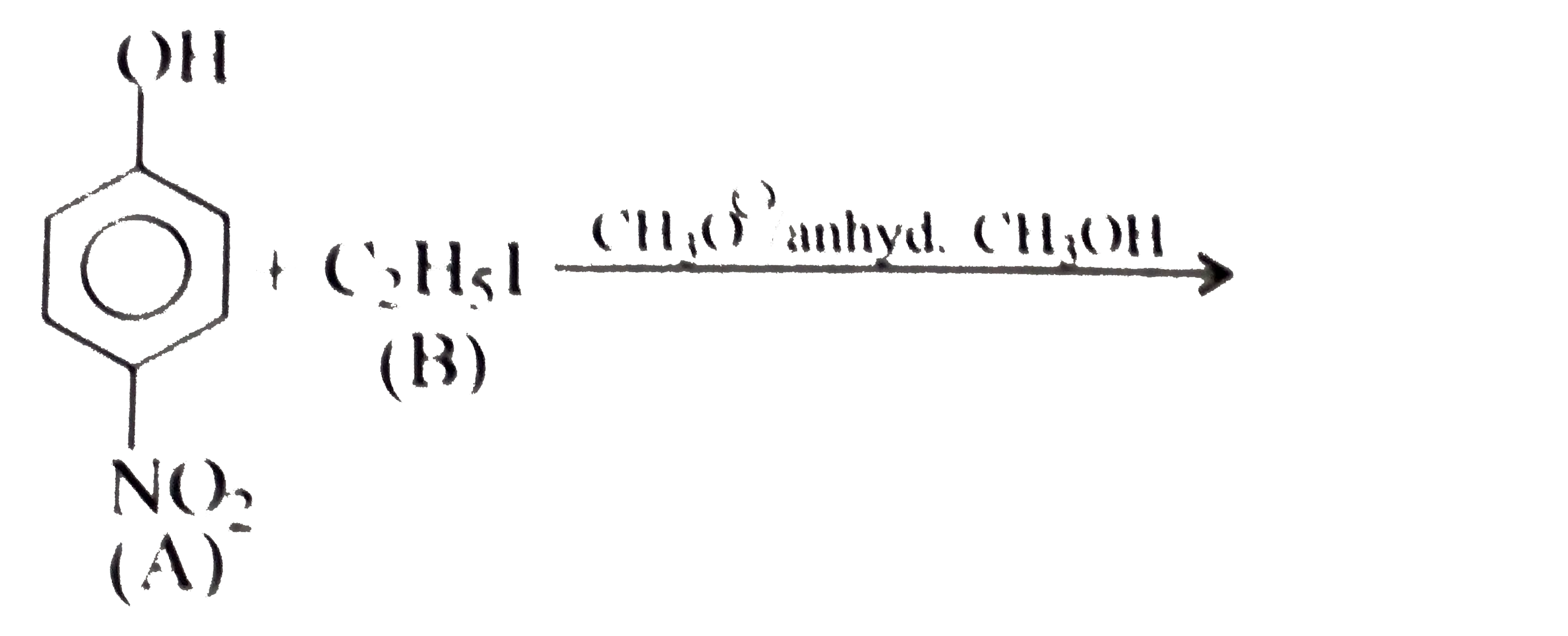
i. p−−NO2−−C6H4−−OC2H5
ii. p−−NO2−−C6H4−−O−−C6H4−−NO2−−p
iii. C2H5−−O−−CH3
iv. p−−NO2−−C6H5−−I.
c.
i. C6H5CH2−−O−−Ph
ii. C6H5CH2−−O−−C2H5
iii. Ph−−O−−C2H5
iv. C2H5−−O−−C2H5
d.
i. C6H5CH2−−O−−C2H5
ii. C6H5−−CH2−−O−−Ph
iii. Ph−−O−−C2H5
iv. C2H5−−O−−C2H5 .
e.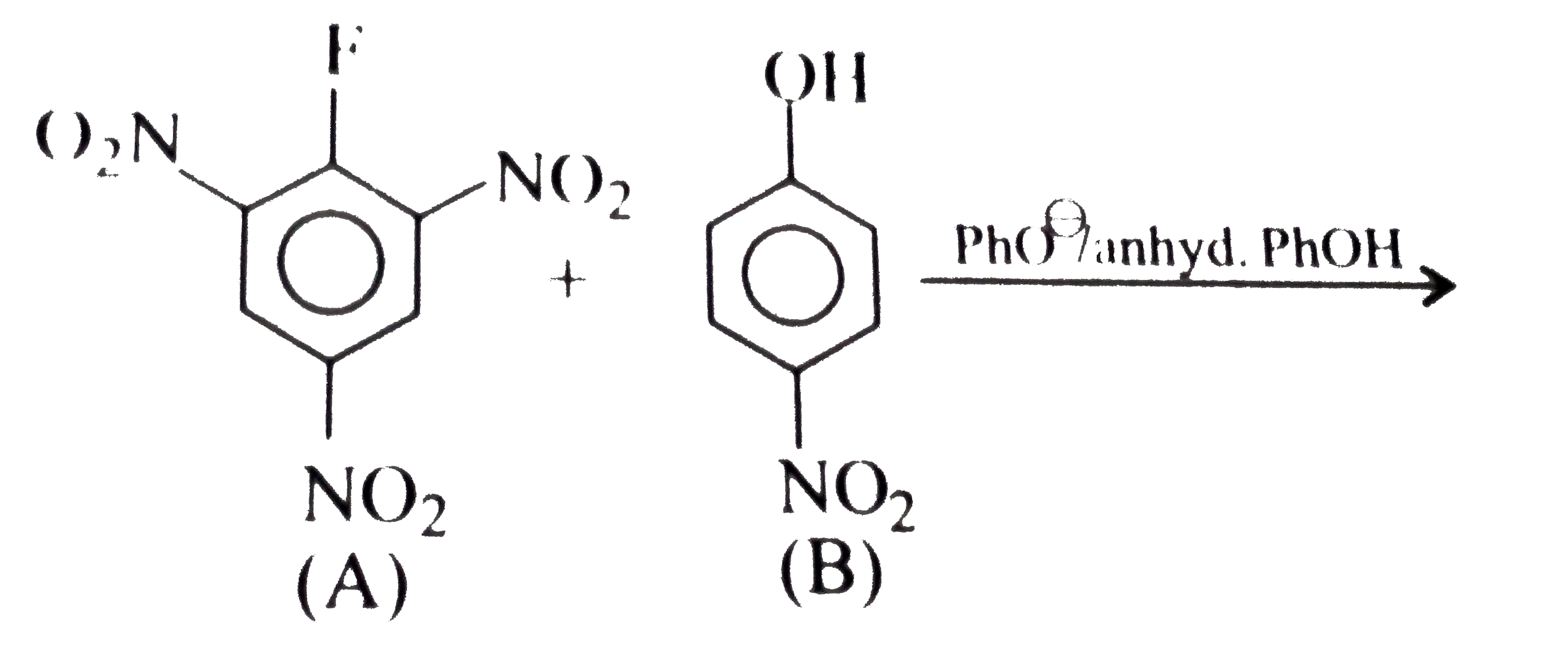
i.
ii.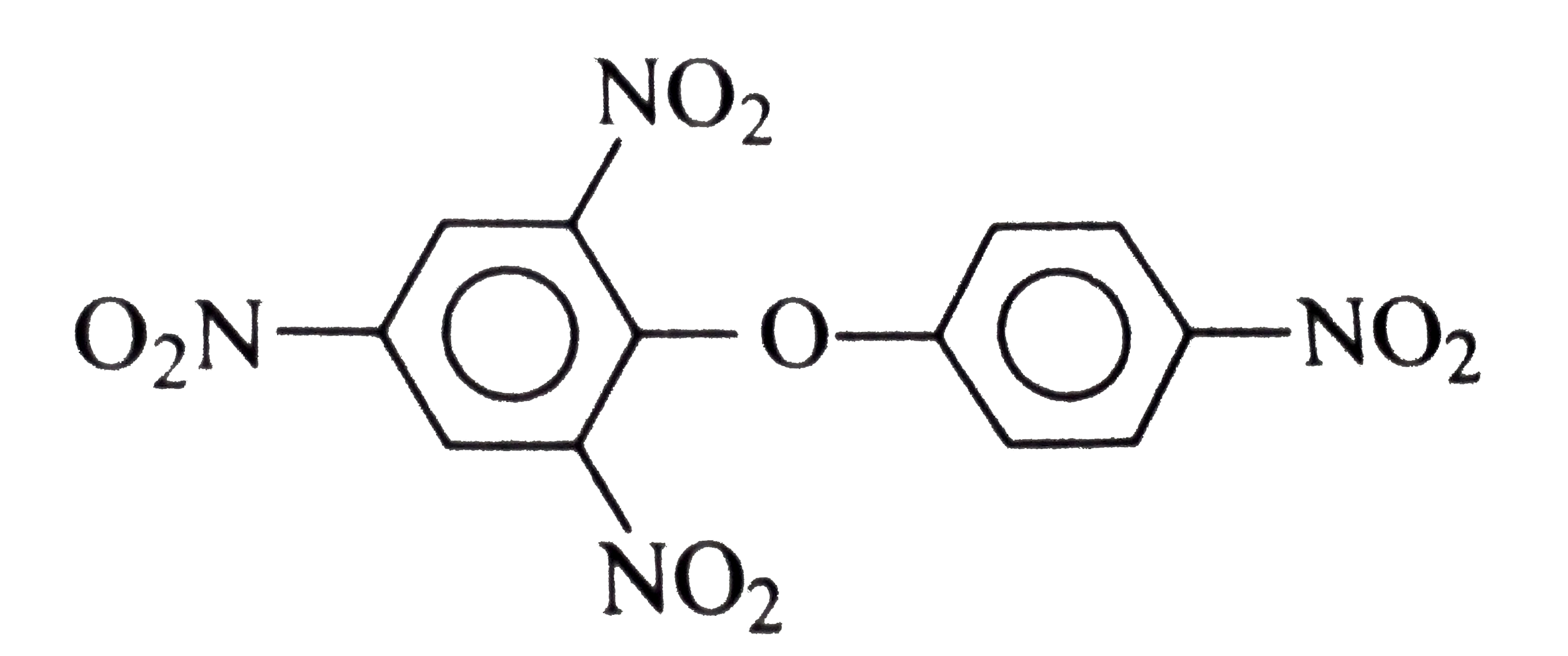
iii.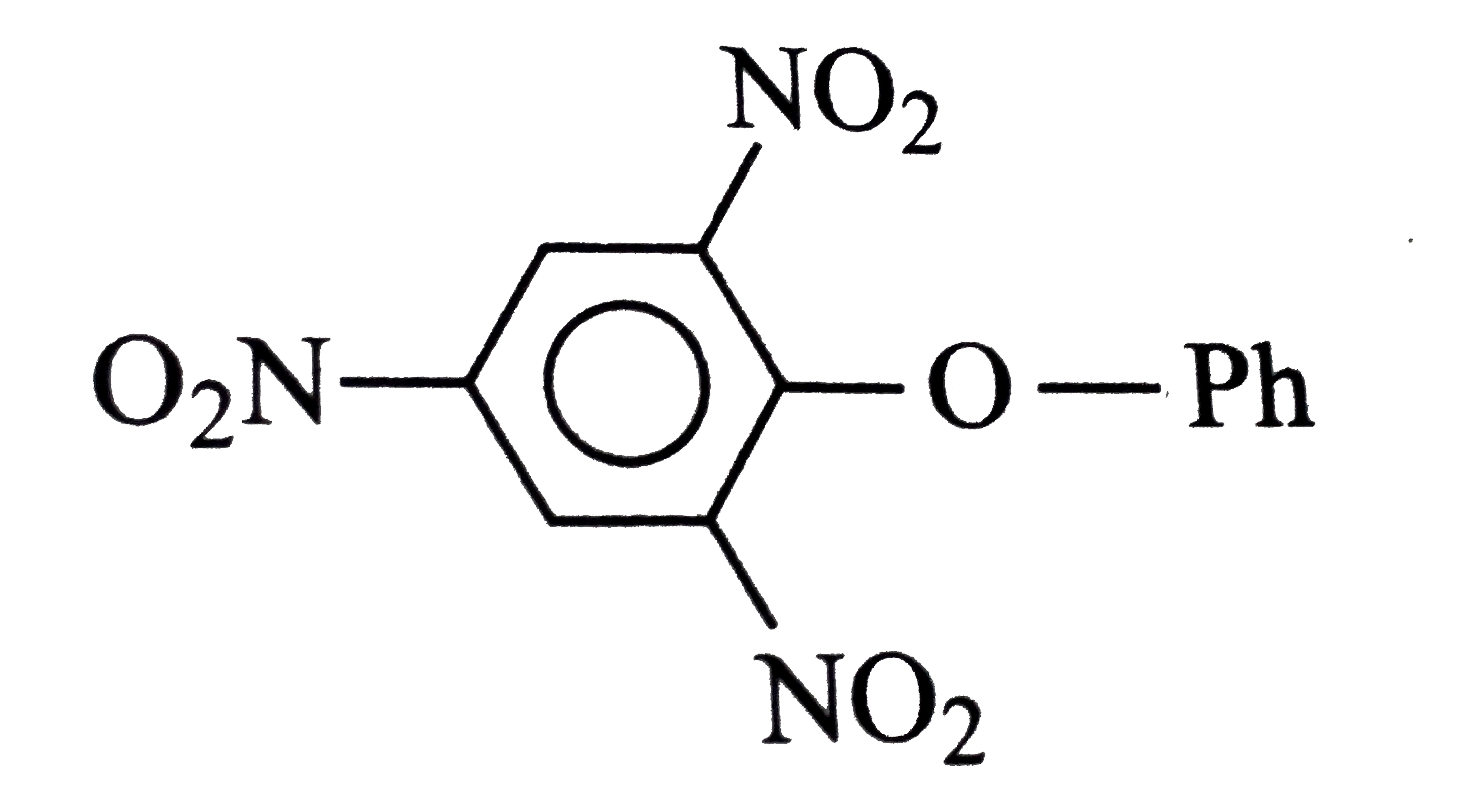
iv.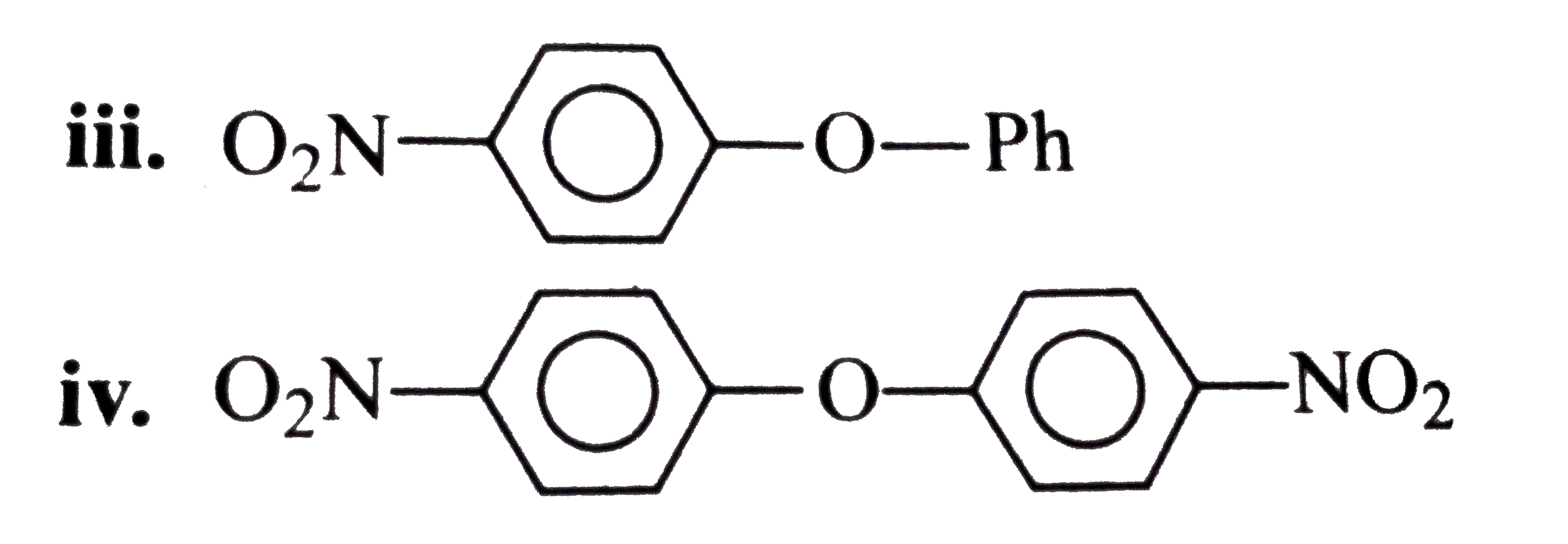
f.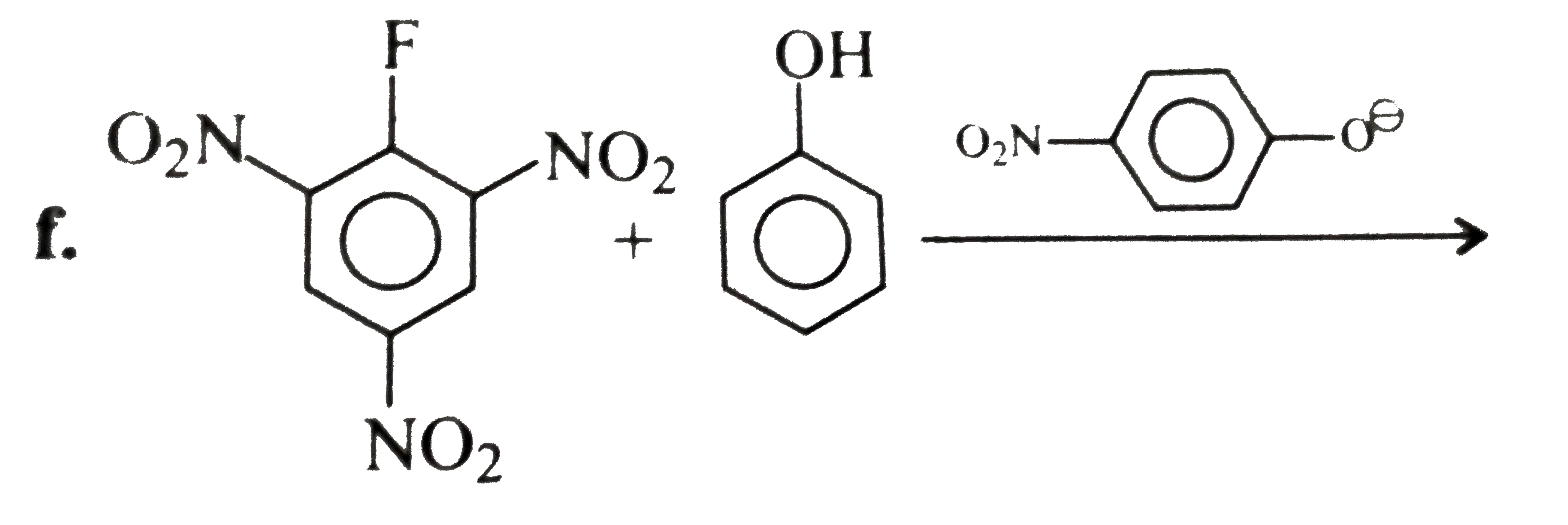
i.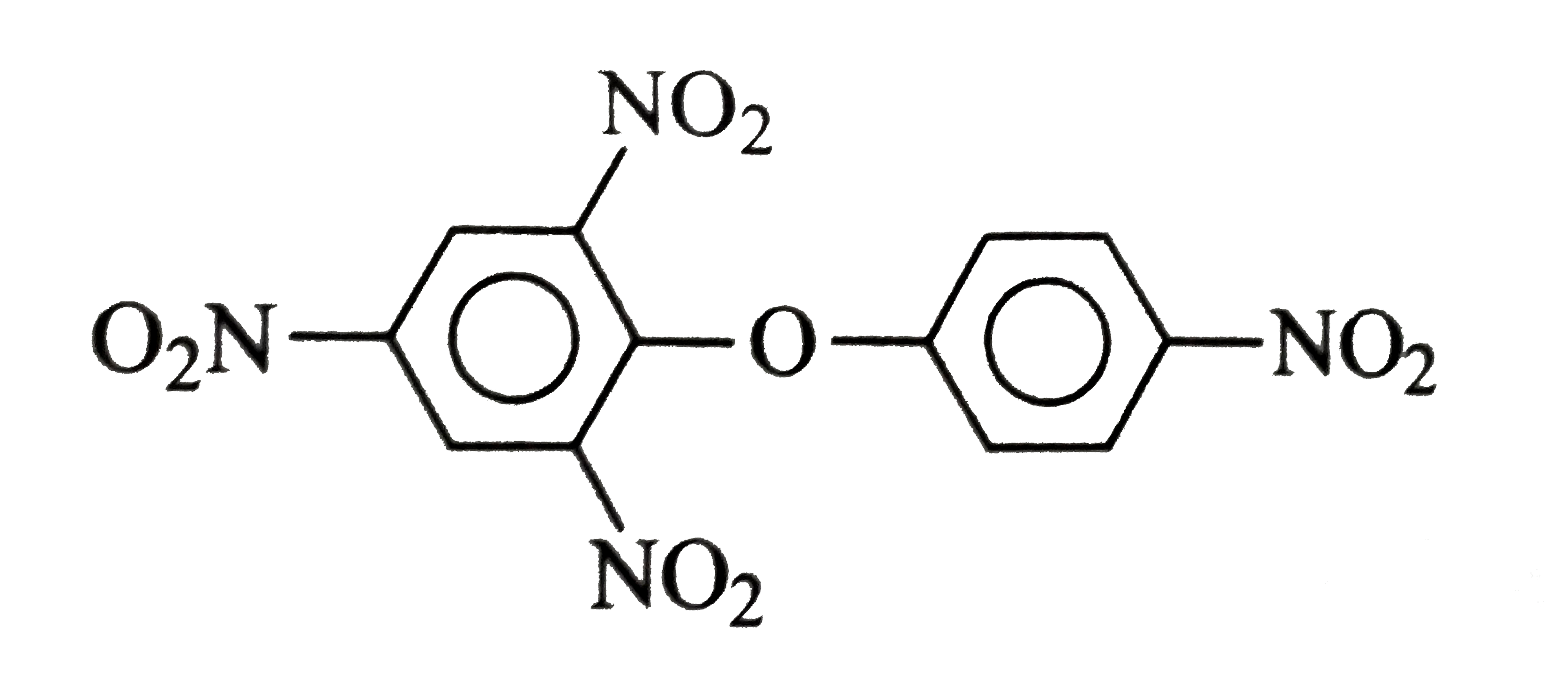
ii.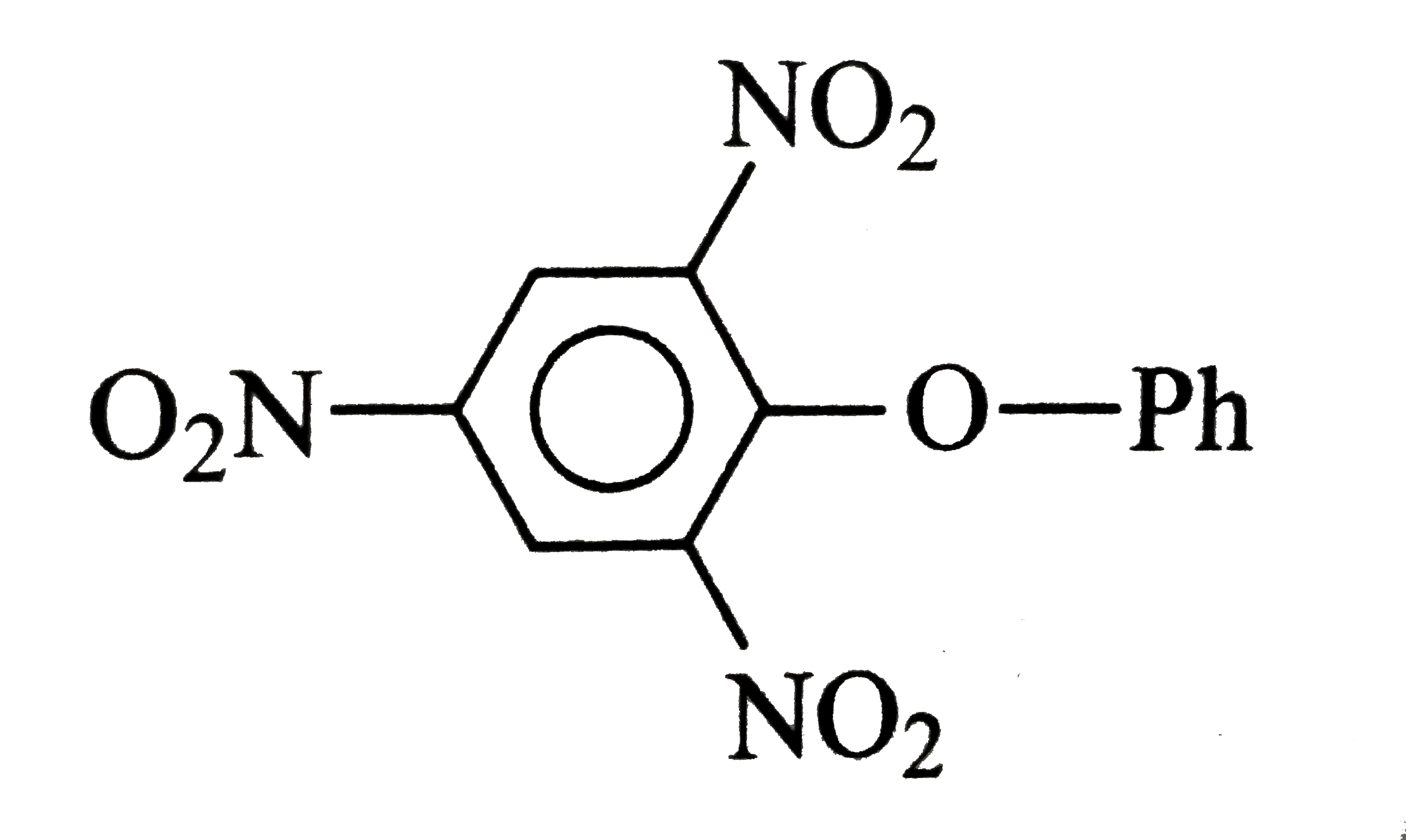
iii.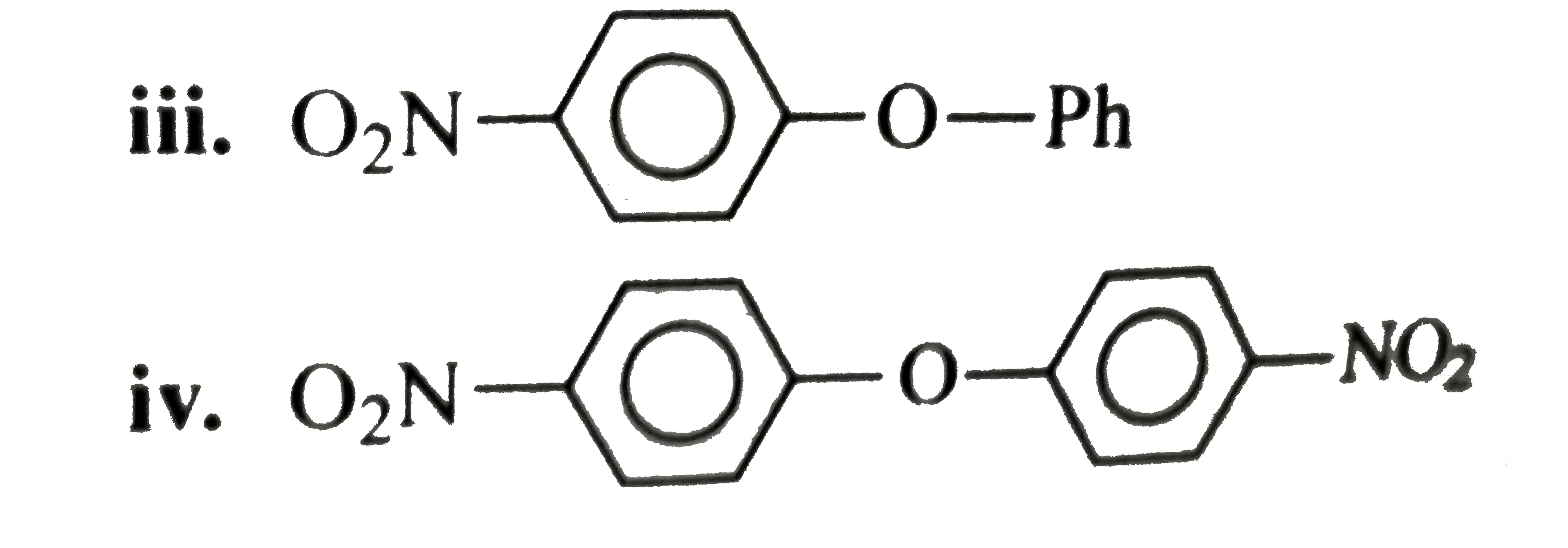
View SolutionArrange the following monomers in order of decreasing ability of undergo cationic polymerisation.
(I) CH2=CH−C6H4(NO2)
(II) CH2=CH−(C6H4(CH3)
(III) CH2=CH−C6H4(OCH3)
View SolutionAcetone reacts with I2 in presence of NaOH to from
View SolutionHow many methods can be used for the preparation of iodobenzene? (i). C_(6)H_(6)+I_(2) (ii). C_(6)H_(6)+I_(2)overset(HNO_(3))to
View SolutionGive the decreasing order of following with their properties as indicated. A. Decreasing basic, mucliophllic and fugacity orders: a. I, H_(2)O , II. CH_(3)OH , III. O overset(o-)(H) , IV. CH_(3)O^(o-) b. I. H_(2)O , II. C_(2)H_(5) OH , III. O overset(o+)(H) , IV. C_(2)H_(5)O^(o-) c. I. HCO_(3)^(o+) , II. F^(o-) III. F_(3) C - COO^(o-) , IV. NO_(3)^(o-) B. The decreasing order of ArSN reaction: a. I. PhCl II. p-NO_(2) - C_(6)H_(4) - Cl III. 2,4,6- Trinitro chlorobenze IV. 2.4- Dintro chlorobenzene I. PhF II. p-NO_(3)S - C_(6) H_(4) - F III. p-HOOC - C_(6) H_(4) - F IV. I p-NO_(2) - C_(6) H_(4) - F C. I. PhCl II. p-NO_(2) - C_(6) H_(4) - Cl III. o-NO_(2) - C_(6) H_(4) - Cl IV. m-NO_(2) - C_(6)H_(4) - Cl C. The decreasing order of SE reaction: a. I. PhCl , II. C_(6) H_(6) III. PhCH_(3) , IV. PhOMe b. I. PhCH_(3) II. o-MeO-C_(6) H_(4) - Me III. m-MeOC_*(6) H_(4) - Me IV. p-MeO - C_(6)H_(4) - Me c. I. PhNH_(2) , II. PhNHCHOCH_(3) III. PhNHCOPh , IV. PhNHTs d. I. PhNH_(2) II. o-NP_(2) - C_(6) H_(4) - NH_(2) III. m-NUO_(2) - C_(6) H_(4) - NH_(2) IV. p-NO_(2) - C_(6) H_(4) - NH_(2)
View Solutionनिम्नलिखित अणुओं में σ व π बन्धों की गणना कीजिए ।
(i) C2H2, (ii) C2(CN)4, (iii) C6H6, (iv) C6H5CH3 |
View SolutionHow does PCl3 react with
CH3COOH
View SolutionAcetone reacts with I_(2) in presence of NaOH to form:
View Solutionनिम्नलिखित यौगिकों में से कौन ऐसीटोन के साथ क्रिया करके C=N− बंध युक्त उत्पाद देगा?
H2NOHI (CH3)3NII C6H5NHC6H5III C6H5NHNH2IV
View SolutionHow does AlCl_(3) reacts with following reagents? (i) H_(2)O (ii) NH_(4)OH (iii) NaOH
View Solution